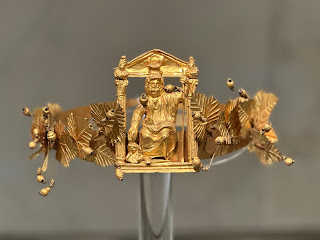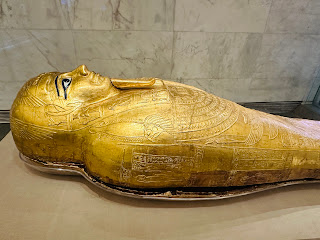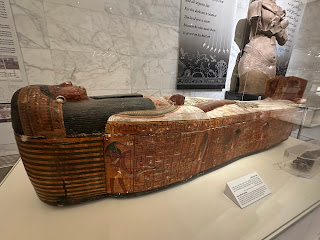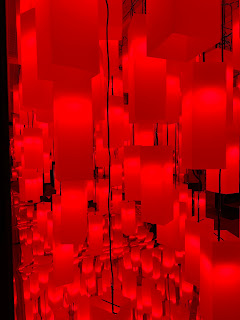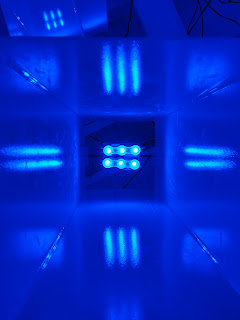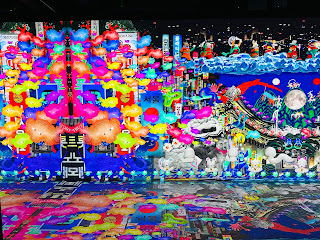Play: Blue/Orange by Joe Penhall
Venue: Greenwich Theatre
Visited: 25th October 2025
(Playing 1st - 26th October 2025)
Cast: John Michie, Rhianne
Batteto and Matthew Morrison.
The play: Described as a landmark
drama about mental health and race this play seemed to cover a few more bases.
Touching on the NHS funding crisis, sexism and ego it’s a play that doesn't shy
away from controversial topics. The fact it's twenty-five years old tells a
worrying story about how little things have changed. James Haddrell directs
this version and I've read that Penhall updated the text changing the junior
psychiatrist from a white man to an Asian woman which probably reflects the
more modern NHS.
Set in a meeting room in a
psychiatric hospital over around 24 hours a young black man has been diagnosed
with borderline personality disorder. The junior psychiatrist supporting him is
idealistic and invested, at times a little too far. The senior psychiatrist is
detached, career minded, judgemental and probably a little jaded. I am sure
there are parallels between this role and many other jobs.
What follows is a battle of wills
between the old order and the new and the focus of the patient is sidelined in
a bureaucratic scuffle that totally loses focus on the diagnosis of the patient
and the best possible treatment. In fact, the patient, Christoper, is sidelined
for much of the second part of the play as tensions rise between the doctors
and the battle to win him over means his actual issues are barely touched on. I
won’t give away any more as it is a tense, darkly comic in places and worrying
play – you hope that this is an extreme example and never occurs in real life
but I am sure it does.
This play seems to pop up on a regular basis – well worth a visit.

















